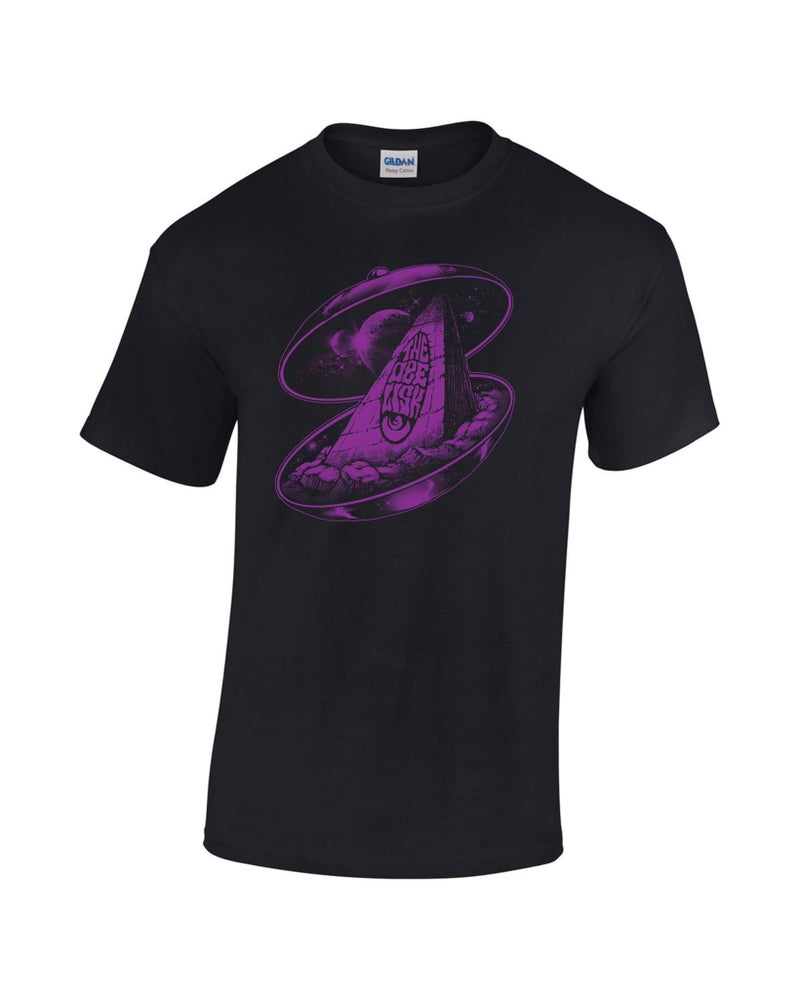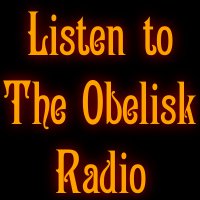Brant Bjork, Tres Dias & Local Angel: Easing In
When Heavy Psych Sounds announced it had signed Brant Bjork, it was unquestionably good news. With California desert precedent success on the label from Nick Oliveri, Yawning Man and Fatso Jetson, it made sense that after Bjork wrapped the three-album deal with Napalm Records that resulted in 2014’s Black Power Flower (review here), 2016’s Tao of the Devil (review here) and 2017’s live album, Europe ’16 (review here), he too would sign on with the emergent Italian imprint. Even better was word that his back catalog from 1999 through 2010 would be reissued by his new label, digitally as well as physically on CD and limited vinyl. Bjork was maddeningly productive during those years, releasing under his own name as well as Brant Bjork and the Operators and Brant Bjork and the Bros, and as he was mostly self-releasing under the banners of Duna Records or Low Desert Punk Records, the albums often went overlooked by a wider audience.
Now, with several years of hard touring in Europe and the US behind him, the time only seems right to get these albums back out to a public that might’ve missed them the first time out. And it’s a fascinating choice to start with late-2006’s Tres Dias and 2004’s Local Angel (also discussed here) since they are, without a doubt, the two most intimate albums Bjork produced during that 11-year/nine-album stretch. In addition to this, both represented a marked shift in approach when they arrived. For Local Angel, it came after the initial few solo outings from the former Fu Manchu and Kyuss drummer, and was still often electric in its foundation, but even more mellow than 2003’s Keep Your Cool, its direct predecessor. It remains a quiet and melody-centered collection of 10 tracks that are less about aggression or even heft than about an easy vibe and sheer aural chill.
Likewise, Tres Dias, which actually begins the Heavy Psych Sounds series, is a mostly-acoustic solo record that landed smack in the middle of the Brant Bjork and the Bros era. The band debuted in 2005 with the double-CD Saved by Magic and would follow that up with 2007’s Somera Sól. Tres Dias departed from The Bros and though it features some older material and would share the songs “Love is Revolution,” “Chinarosa” and “The Native Tongue” with the subsequent offering, the sonic left turn in Tres Dias is immediately palpable. One recalls that when it was first released, Bjork noted the spirit he wanted to capture was taking his guitar to a park and playing under a tree to nobody in particular, just singing songs to enjoy them. That remains a striking image, and the album remains a snapshot of the idea made manifest.
With an anchor hook in the classic protest song “Love is Revolution,” the eight-song Tres Dias imagines a desert folk music that’s Bjork makes his own by putting his vocals at the center with his acoustic and adding flourish in electric wah atmosphere as heard on “Chinarosa.” It was a dark time politically when the songs were written — 2006 seemed to be an abyss of war that would never end; and hey! it didn’t — and in addition to “Love is Revolution,” “Video,” which originally appeared on Keep Your Cool as “Gonna Make the Scene” and even the opener, a revisit of “Too Many Chiefs” from Bjork‘s 1999 Man’s Ruin Records solo debut, Jalamanta (discussed here; also here), would seem to find a different social context for the revisit. The most elaborate arrangement would seem to be for “The Native Tongue,” which has subdued electric guitar and percussion, but it’s no less fluid than anything that surrounds and whether it’s the insistent strum of Saved by Magic‘s “The Messengers” or the riffy groove of “Right Time,” which would become the title-track of 2008’s Punk Rock Guilt, Tres Dias stripped away everything but the songwriting and performance and allowed Bjork‘s work to shine in a way it never had before.
Would it exist without the precedent of Local Angel? I don’t know. I also don’t know if it’s the label or Bjork himself picking the order in which the reissues arrive in this series, but certainly with these two back-to-back, it’s easy enough to read the narrative of succession in reverse, though it’s just as likely Tres Dias into Local Angel is a way of easing into the more active material in Bjork‘s 1999-2010 discography. I won’t speculate as to the thought behind it. More importantly, the revisit of Local Angel, along with a marked redux of the artwork, once more highlights the man himself as a songwriter. “Beautiful Powers,” “Hippie,” “Chico” and “The Feelin'” make for a striking opening salvo with the even-funkier “Bliss Ave.” rounding out side A. While “plugged” and drummed, the tracks are subtle in their execution, bringing an organic sensibility that stands out to this day from everything else Bjork has done. Specifically in the context of these reissues, it can be read as a midpoint between other works and Tres Dias, but the truth is that Local Angel stands alone.
The original CD had bonus track covers of “Hey Joe” and The Ramones‘ “I Want You Around” that seem to have disappeared, but the smooth vibes continue on side B with “Fly to Haiti,” the Thin Lizzy-vibing “You’re Alright,” which is also arguably the most active cut on the album, the relatively minimal “Spanish Tiles,” “She’s Only Tryin'” which gives “You’re Alright” a run for its money, and closer “The Good Fight,” which more than earns the rhythmic handclaps in its second half. Even in its most uptempo or full-band-sounding material, Local Angel is gloriously understated. I’ve always found it to be one of Bjork‘s easiest listens and, frankly, have never stopped going back to it periodically in the 14 years since its release. I recognize that doesn’t exactly make me impartial when it comes to assessing the reissue, but if the point is to get these albums back out to people who might’ve missed them or not been around when they landed the first time, Local Angel has definitely more than earned at least that additional look.
One could say the same of Tres Dias and of the rest of Bjork‘s work during this period as well, and not to put too fine a point on it, but as other albums continue to resurface, “one” — me, particularly — probably will. The chance to revisit Brant Bjork‘s solo works is an opportunity not only to hear him shape his own sound, but to hear him help shape desert rock as well. I won’t discount his contributions to the style in Kyuss or anything else he’s done along the way, whether it’s Fu Manchu, Ché, Vista Chino, etc., but if you want to know how he got to be the godfather of desert rock that he is, it was this period when it happened, and these reissues are a chance for longtime and recent fans to give those moments their long-due appreciation.
Brant Bjork, Tres Dias (2006/2018)
Brant Bjork, Local Angel (2004/2018)
Heavy Psych Sounds on Thee Facebooks
Heavy Psych Sounds on Bandcamp
Tags: Brant Bjork, Brant Bjork Local Angel, Brant Bjork Tres Dias, California, Heavy Psych Sounds, Local Angel, Palm Desert, Tres Dias





